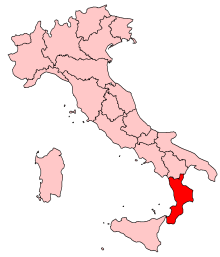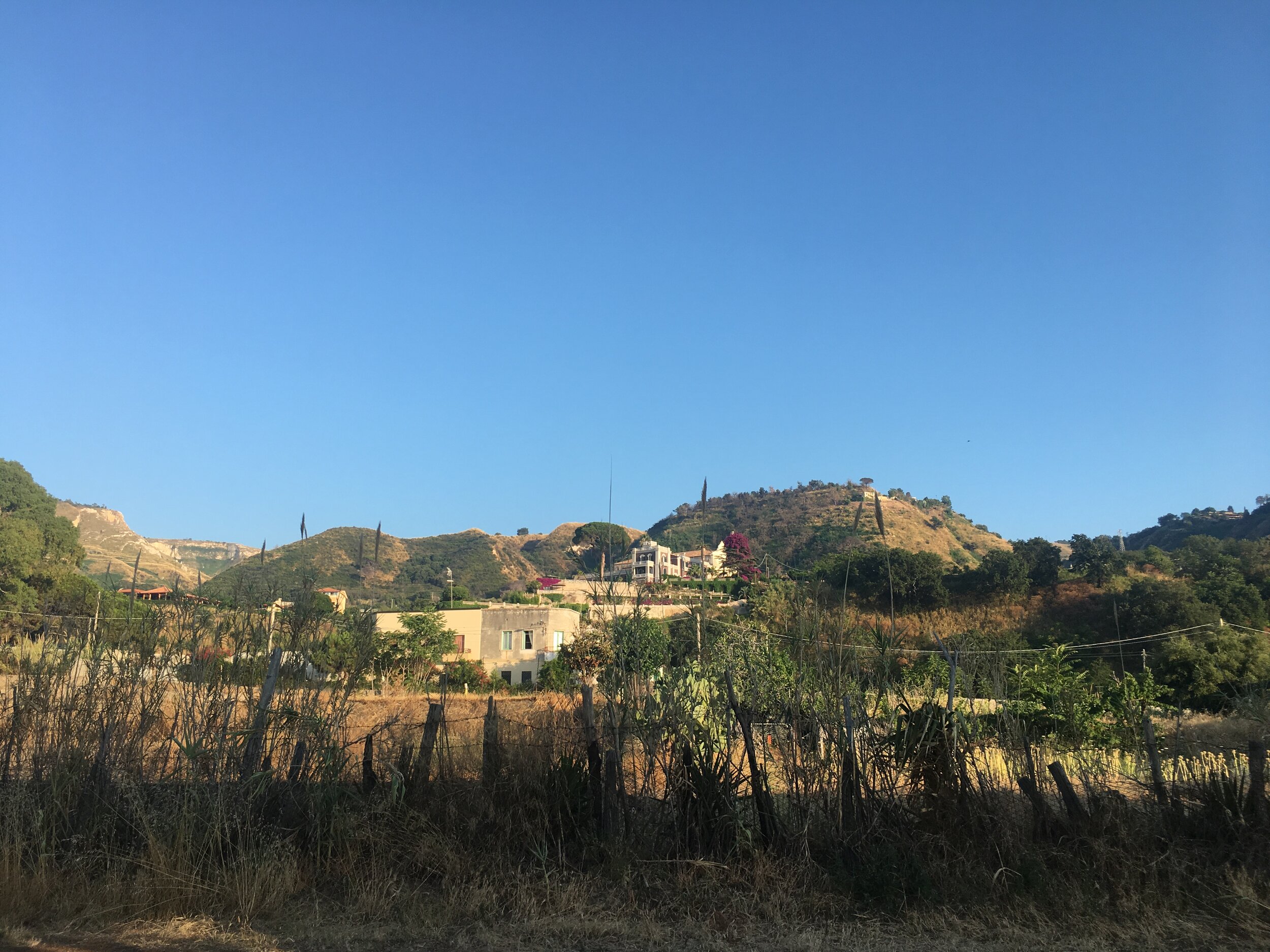Introduction to the region: Calabria
Calabria was the last of the twenty Italian regions that I visited, but not for lack of trying. I finally made it in July 2019, and the experience was just as glorious as I had imagined. I would recommend visiting in the early summer if you enjoy the beach experience. Late June to early July is perfect in my opinion. The weather is hot, but the country has not shut down for August yet. As many young calabresi leave home (often unwillingly) to find work in northern Italian regions, they often return in the month of August to reunite with family and flood the beaches.
There is beauty in the region’s degradation. However, upon visiting, even Tropea, which is known as one of the chicest cities in the region, there is a sense of desolation that prevails. It even feels different than other neighboring regions in the south, particularly, Puglia, Campania, Basilicata and Sicilia. To illustrate, a young Italian man wrote a Facebook post that has since gone viral articulating the melancholy he felt upon leaving his beloved home, but the necessity as she has become ‘too strict, too uncivilized, too corrupt and ultimately unlivable.’ If interested, read more in this Italian article with some Google Translate action.
Anne Janowitz, a scholar of Romantic literature, wrote about how the aesthetic of a ruined landscape came to be considered beautiful during the Romantic period (late 18th-early 19th century). I think this principle can be applied to the landscapes and cityscapes of Calabria. There are moldering buildings that have fallen into disuse; yet, these are counterbalanced with extensive sea views of pellucid waters. Here, of course, clichés set in regarding how to describe the aesthetics and the topos of a Mediterranean costal town. Still, if you are looking for a region of Italy that is not teeming with English speaking tourists, yet has the beautiful, limpid waters and sweeping coastlines, I would recommend Calabria. You will certainly meet some compatriots, but it seemed like everyone I observed had a reason to be there. I heard many bilingual English and Italian speakers, which of course sparked my interest because it is similar to how I communicate with friends. We speak English together, and then quickly switch to communicate with waiters or hotel staff in Italian. Another point which helps demonstrate that Calabria is still off the beaten path of much tourism is all of the restaurants I found when doing research for our trip came from Italian websites. Voloscontato is the website I used to find good quality and fairly priced restaurants in Tropea. That said, do not be deterred if you do not speak Italian; you will certainly be able to get by in this region as there are many English speakers working in tourism!
I would recommend having a car to drive around the region, if possible. There are many places I would still love to visit. For example, Riace and Reggio-Calabria are located further south, close to the ‘tippy toe’ of the boot. Riace is famous for the discovery of the mid-5th century BCE Riace bronzes which are now located in the National Archaeological Museum of Magna Græcia in Reggio. Like Sicily, Calabria, especially these southern area were important regions in the Magna Grecia, that is, ‘greater Greece’ that dominated these areas before the Romanization. If you look on a map, you will see that the city of Reggio Calabria is almost ‘kissing’ the island of Sicily. Only the narrow strait of Messina divides the two, and by looking at a map, you will be able to see their proximity. If you have an interest in Greek mythology, the strait of Messina is where the two dreaded sea monsters Scylla and Charybdis were supposedly perched on opposite sides terrorizing sailors who attempted cross. Odysseus, of The Odyssey, famously had to pass through this treacherous route. Therefore, similar to the Puglia-Basilicata connection, there is a compelling argument for visiting the regions of Calabria and Sicilia together as the two regions have much in common. In fact, my regional features include islands that are technically part of the region of Sicily, the Isole Eolie (the Aeolian islands). One of the activities that is possible from Tropea is taking a boat to visit these islands. (Find more about this excursion in the regional features section.)


